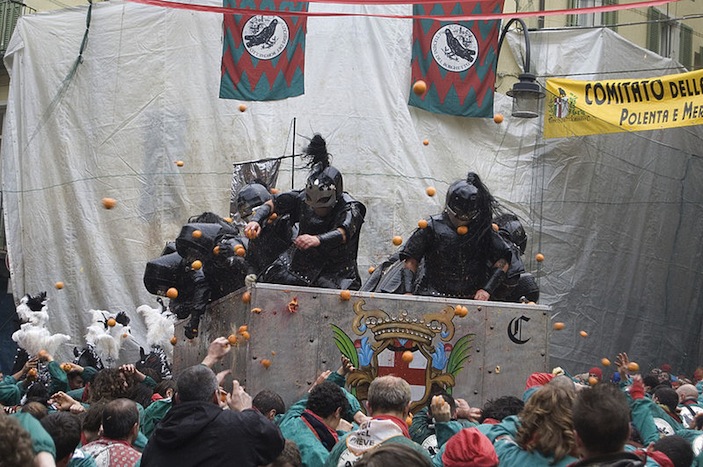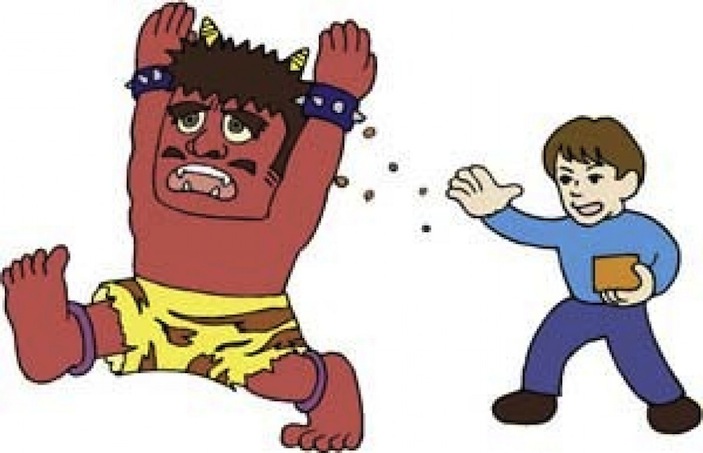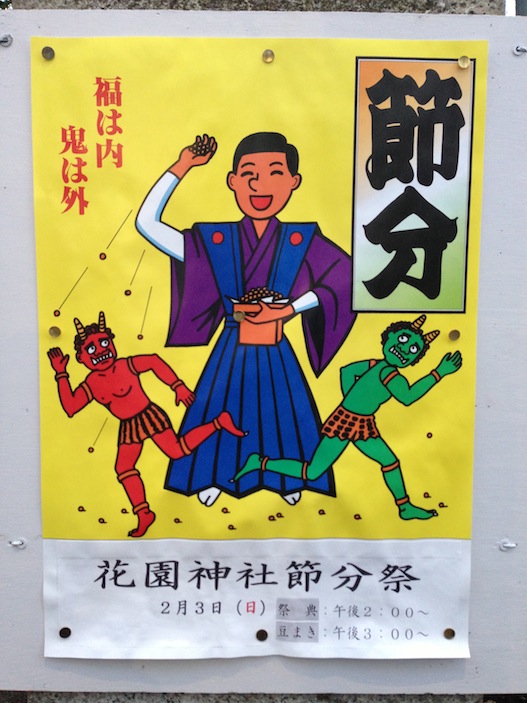IDivrea: The Battle of the Oranges
All around the world, this weekend is one of celebration. But while most of the world dances the weekend away for Carnival, the town of Ivrea, at the base of the Alps in northern Italy, has a different method: pelting each other with oranges.
The annual Battle of the Oranges is the largest food fight in Italy–an organized battle of nine groups “competing” with each other by throwing oranges. Joey Phoenix of MyPublicHoliday.com has an excellent writeup of the battle, which I am showcasing below for you to enjoy.
The Battle of the Oranges, Ivrea, Italy
(by Joey Phoenix; MyPublicHoliday.com)
In February of each year in the small town of Ivrea, in the north of Italy, something extraordinary happens. Corresponding with the end of the beautiful Italian Carnival season, an event occurs that leaves many people cowering in fear and stringing up nets to protect themselves. What is this that makes people so frightened that they hide in their homes, or so overwhelmed by temporary madness that they don masks and head into the fray?
It is a festival known as the Battle of the Oranges.
For weeks before the festival you can see thousands of crates being brought into the town center to be used in the events. Store owners and local businesses begin stringing up nets in order to protect their windows from the wayward throws of participants. Other bystanders purchase red scarves to wear around their head. This head garment is a symbol universally recognized as a protective measure, as the wearer of the red scarf does not wish to be struck by fruit.
Participants organize into a number of groups that war against each other in the town center during the battle. There are nine neighborhoods in Ivrea, and thus the teams are comprised of regions. Each participant pays €120 to enter, and this entry fee goes into the cleanup that occurs each night after the battle, readying it for the onslaught the following day.
For three days everything that moves, except those that are wearing red scarves (but even they are not impervious to the accidentally misguided orange), becomes a target for the Aranceri, or orange throwers. Brave men stand on top of carts, the less intrepid few duck behind them. But for this short period of time, the town center is a sea of orange as flying spherical fruits become projectiles. The event falls on the three days preceding Fat Tuesday. Although it is a fun celebration, it has a reputation for being slightly violent. Many of the group members wear masks to protect their head and faces. Coming out of the battle with a black eye or a broken nose is not an unlikely event.
The Battle of the Oranges has its origins in legend. Supposedly, the daughter of a miller named Violetta was once threatened with rape by a duke who was exercising his, at the time, legal rights over her. It was on Violetta’s wedding night to another man, but instead of surrendering herself to the brutal law, she decapitated the duke. Afterwards, the people, taking her defiance as a revolutionary symbol, charged the castle and established their liberation from their cruel overlords.
Each year, a young woman is elected to play the part of Violetta, and the people commemorate their freedom from the tyrants by becoming the Aranceri. These “orange handlers” are separated into two groups. The first of which become the “tyrants”, and stand in carts. The other half remain on foot, symbolizing the “revolutionaries.” The oranges are the weapons thrown back and forth. No one is quite certain as to where the usage of the orange originated, because they are not even grown indigenously. Some sources declare that the orange is meant to represent the decapitated head of the duke, or his removed testicles. But no one is quite certain. The original plant life thrown at tyrants were beans, as the poor serfs would throw them back at the lords who had given them the paltry vegetables.
Although spectators are not allowed to take part in the festivities, anyone from anywhere in the world can participate in the Battle of the Oranges as long as they pay the entry fee and aren’t afraid to get nailed by a few oranges. So, if you’re interested in the commemoration of a people declaring freedom, and the rising up of citizens against their cruel governments, then enter the Battaglia delle Arance. It is one of the only places in the world where you will have a legal right to throw large spherical fruits with astounding speed at perfect strangers. It’s not only legal, it’s encouraged.
In Ivrea, during the Battle of the Oranges, people completely lose themselves. It is a festival that’s both dangerous and exciting – and everybody in the town comes out to watch.
.jpg)


